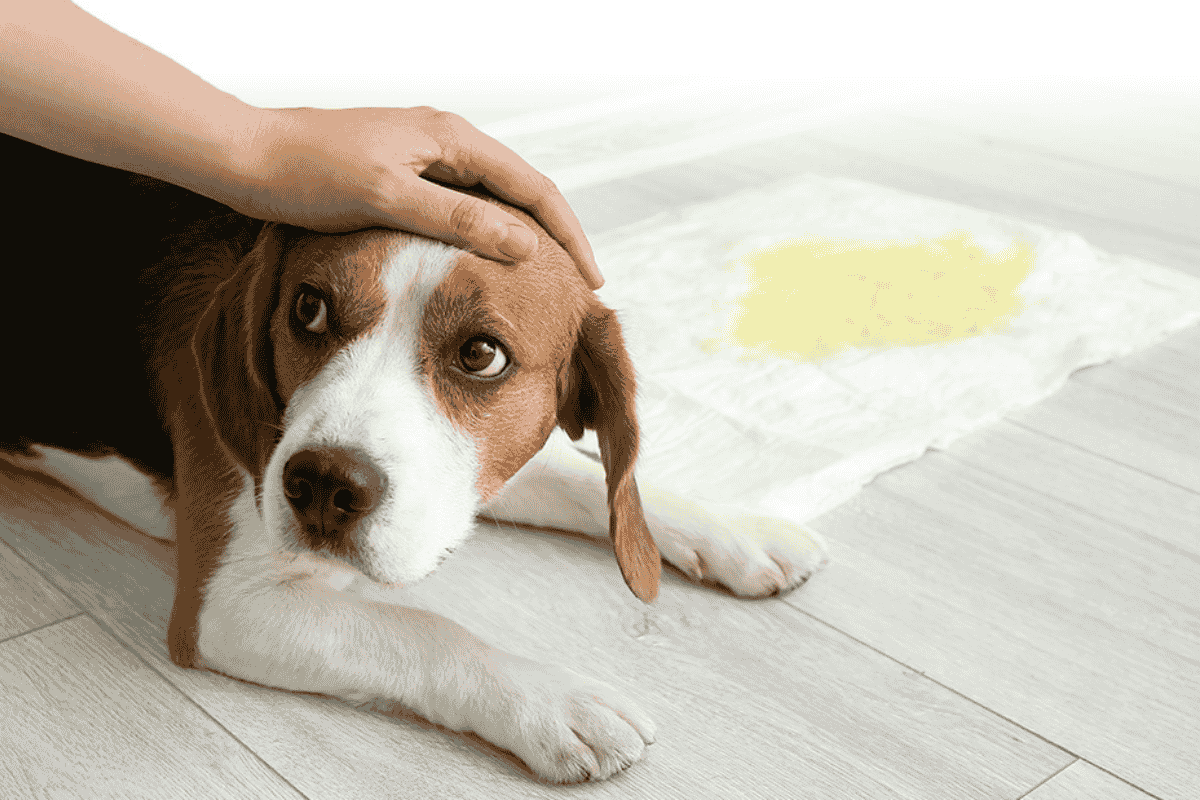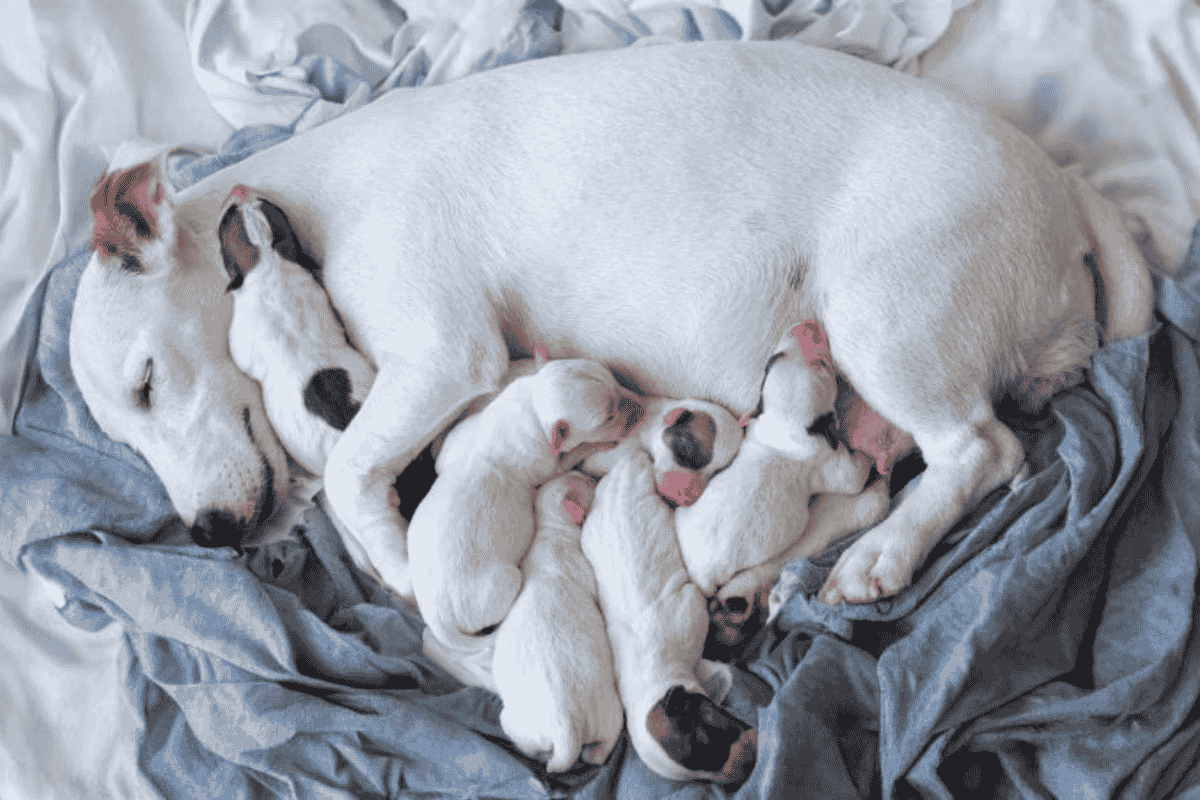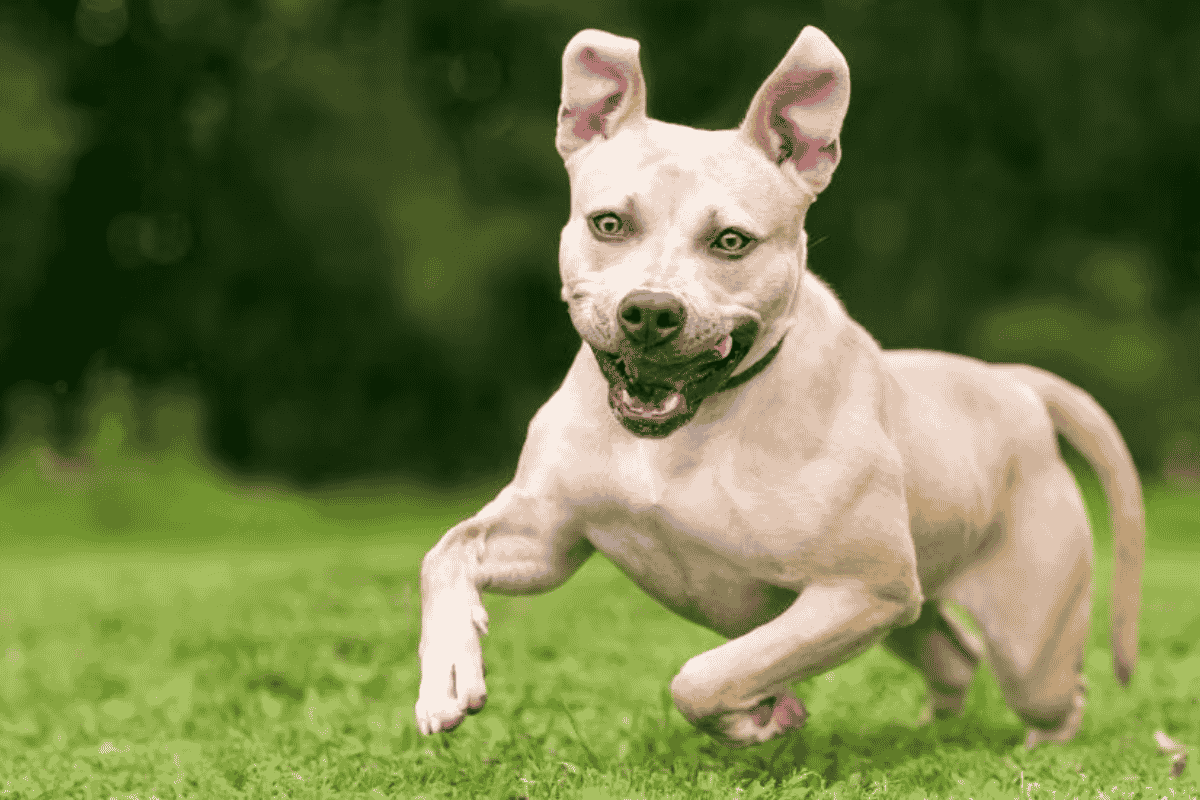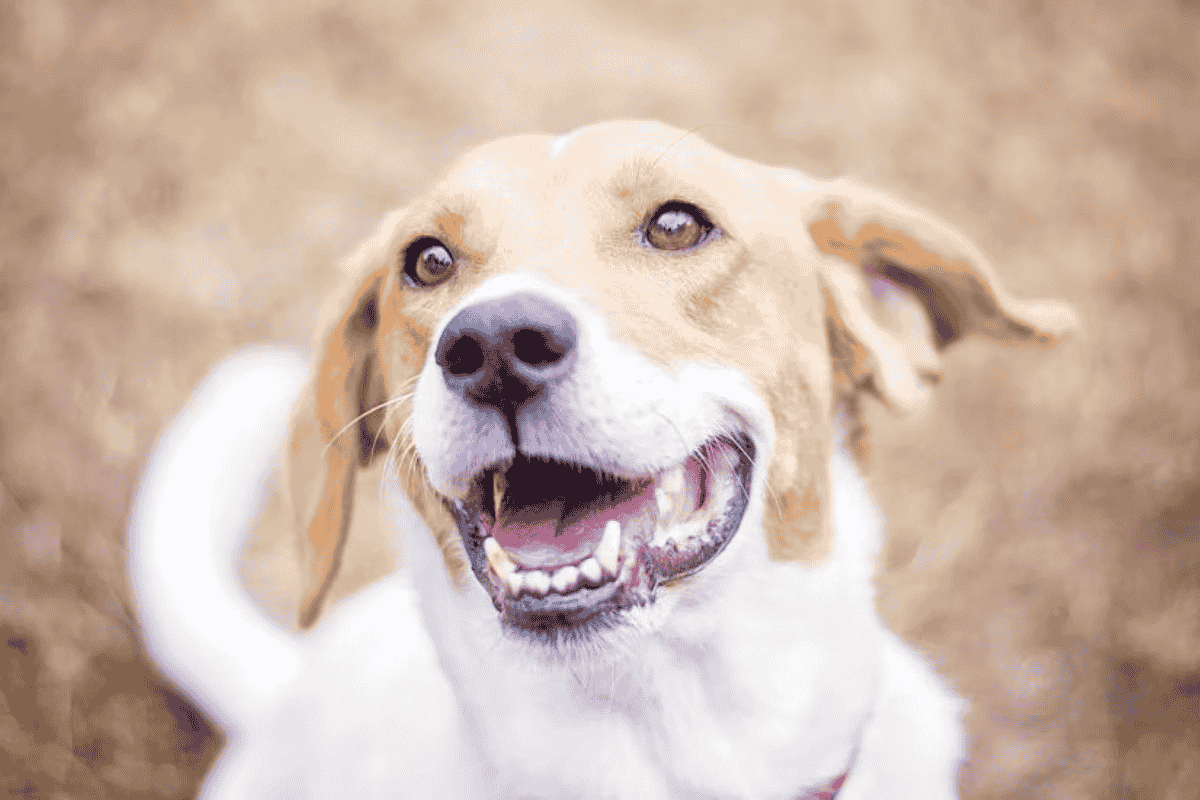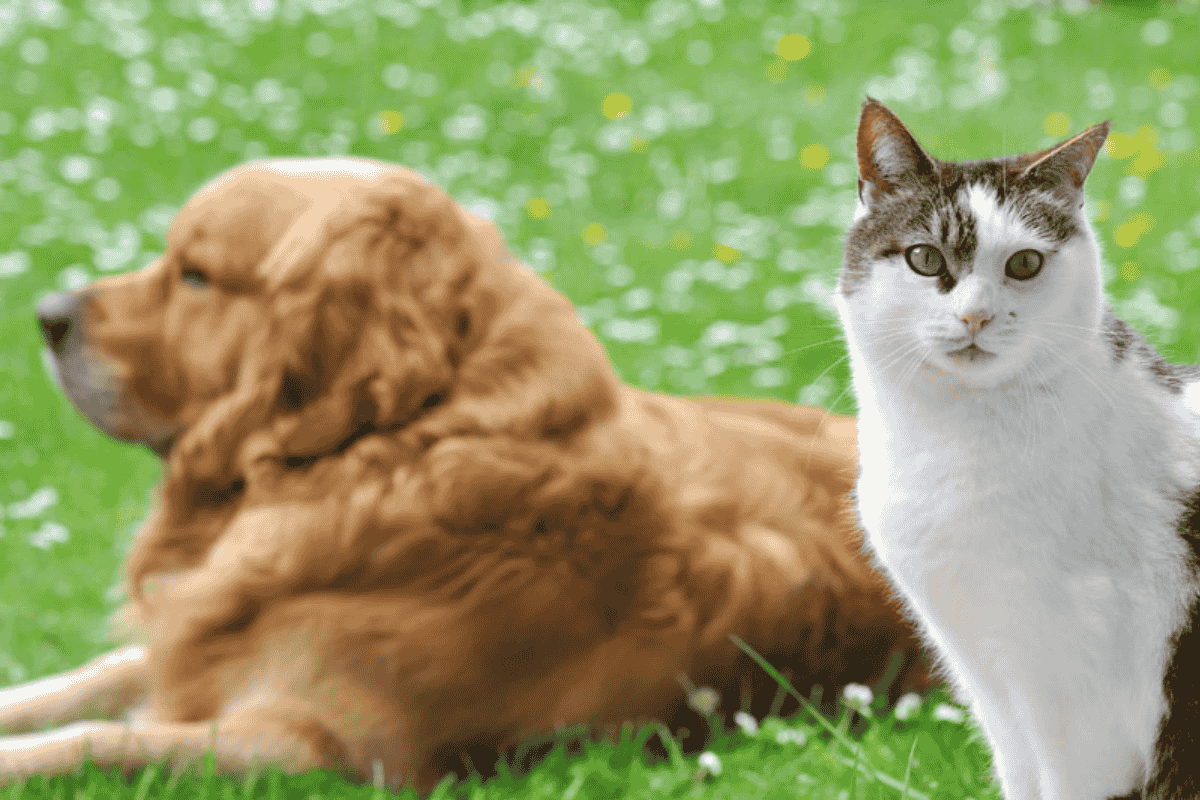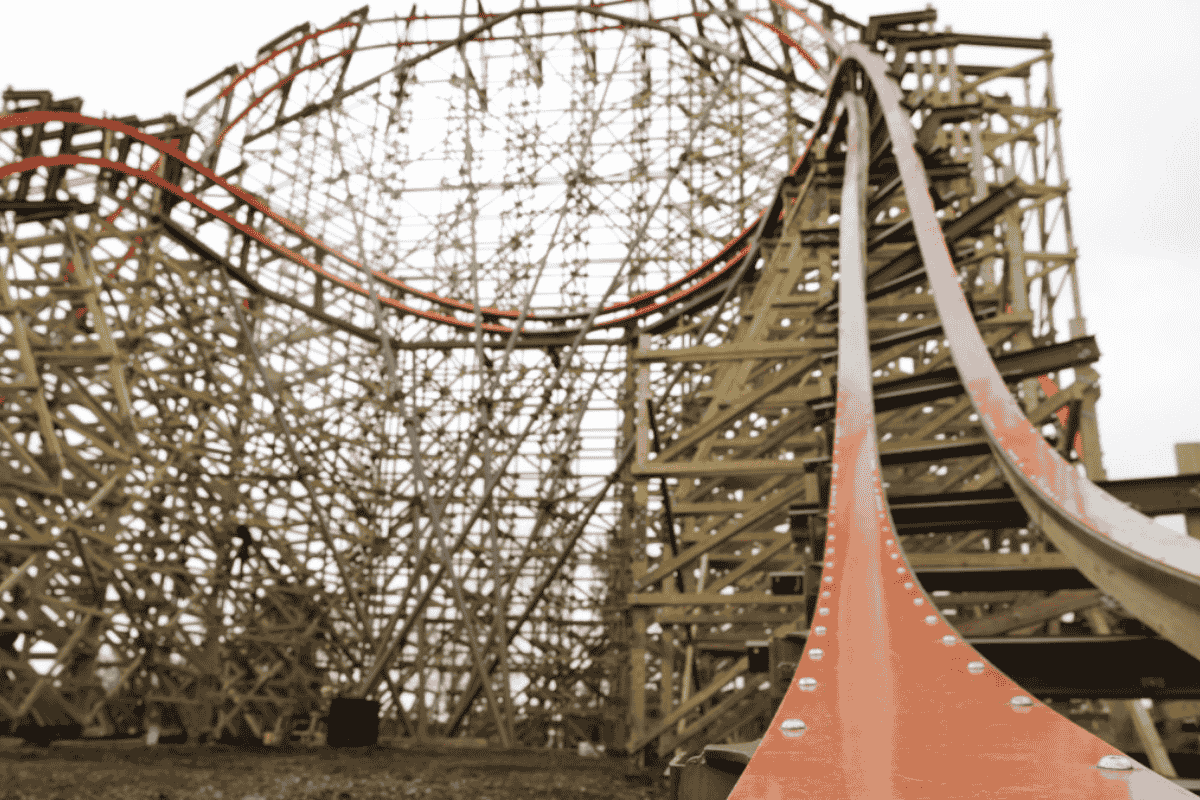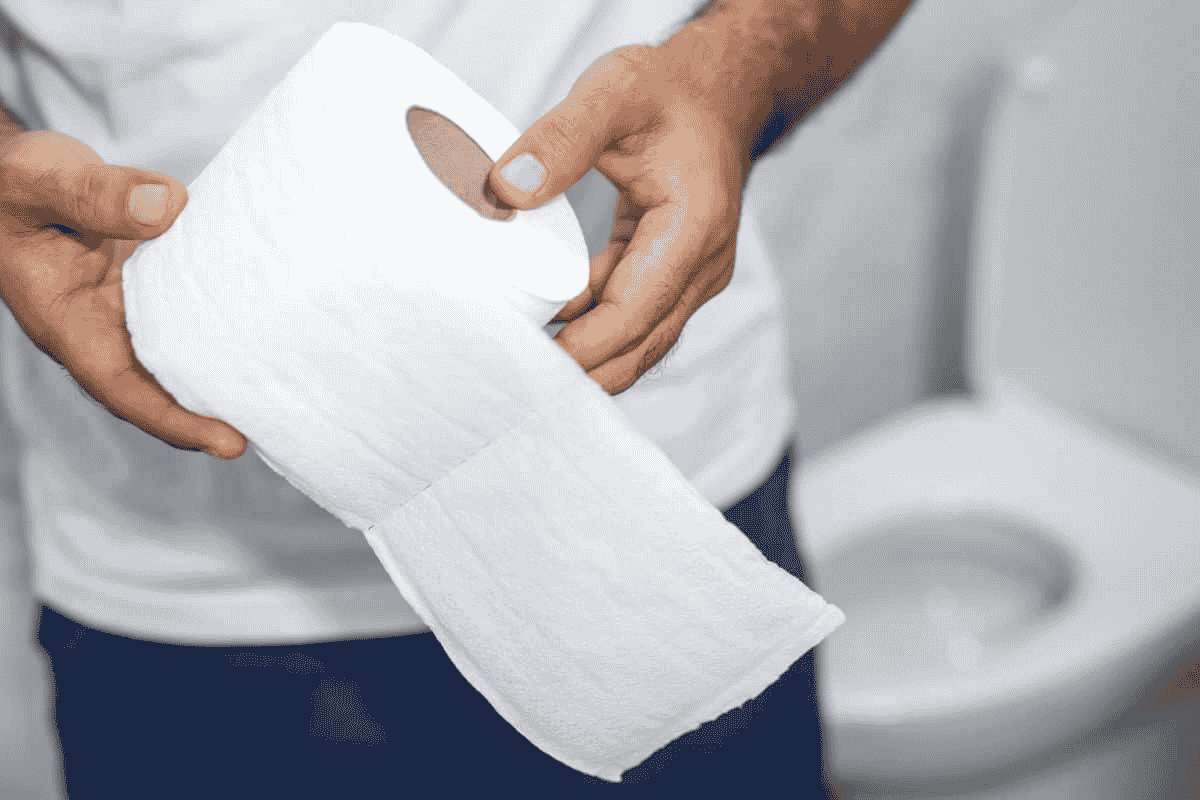Urinary incontinence occurs when a dog involuntarily leaks urine. Unlike intentional behaviors such as marking, excited peeing, or accidents from not making it outside in time, incontinence is a medical issue—your dog simply can’t control the leakage.
Signs of Urinary Incontinence
Common indications include:
- Damp bedding or puddles where your dog has been lying
- Increased need to go outside
- Changes in urination habits, such as frequency or discomfort
- Drinking more water than usual
To help your veterinarian, keep track of:
- When and where you find urine
- When the issue started and whether it’s worsening
- Any other health or behavior changes
Since other conditions (like urinary tract infections or kidney disease) can mimic incontinence, your vet will likely perform a physical exam along with blood and urine tests. Bringing a fresh urine sample to your appointment is helpful.
Common Causes of Canine Incontinence
Ectopic Ureters
Seen mostly in puppies, ectopic ureters occur when the ureters bypass the bladder and connect farther down, causing constant urine leakage. Diagnosis involves contrast imaging, and surgery is often the solution.
Nerve Damage
If nerves controlling the bladder are impaired, urine can overflow. This can happen after spinal injuries, such as in Dachshunds with back problems. Treatment may involve catheterization in the hospital or teaching pet parents to express the bladder at home.
Urethral Sphincter Mechanism Insufficiency (USMI)
The most common cause, USMI happens when the urethral sphincter isn’t strong enough to hold urine. Contributing factors include estrogen deficiency, obesity, and genetics. Treatments may include:
- Phenylpropanolamine (PPA): Strengthens the sphincter but may increase heart rate, blood pressure, or cause restlessness.
- Estrogen supplements (Incurin, DES): Improve urethral tone in female dogs.
- Testosterone therapy: Sometimes used for male dogs.
In many cases, long-term medication (or combinations of medications) successfully manages USMI.
Managing Urinary Incontinence Long-Term
- Monitor your dog’s urination patterns regularly.
- Report sudden changes or worsening leakage to your vet.
- Be aware of secondary bladder infections, which are more likely in incontinent dogs and can worsen leakage.
Outlook for Dogs with Incontinence
With proper veterinary care and management, most dogs with urinary incontinence live happy, normal lives. Pet parents may need to help with monitoring, adjusting medications, and preventing infections—but the condition is typically very manageable.
